Congratulations, Julie Dutton, for winning this $25 Visa Gift Card!!!
Sorry – this sweepstakes is closed.
Helping people Make Healthier Choices about real-food choices for optimal heath.
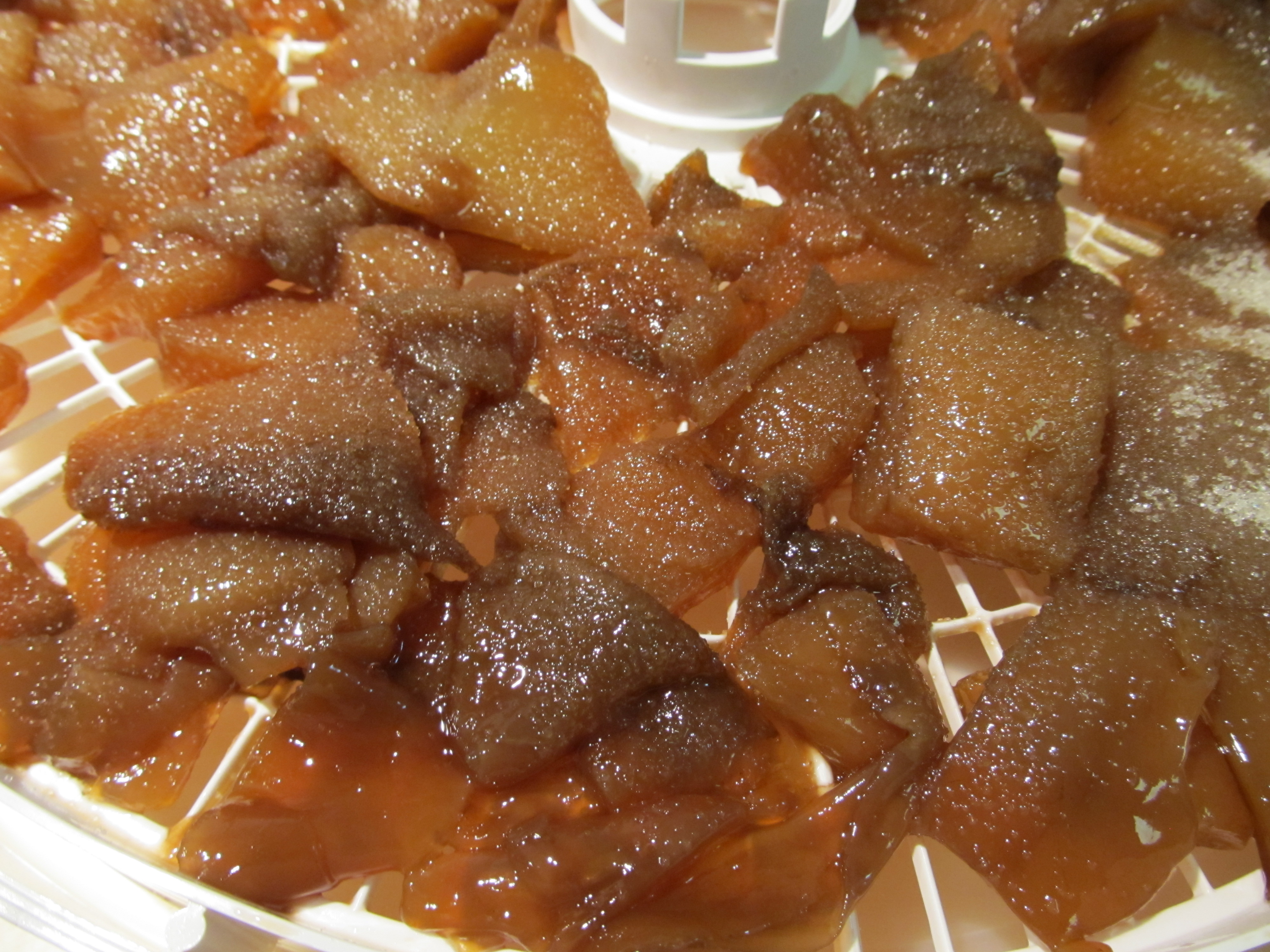
What to do with all those leftover SCOBYs? How about Kombucha Kandy? Kombucha Kandy (candy) isn’t made from Kombucha, it’s made from the Kombucha SCOBY. Don’t expect the Kombucha Kandy to have probiotics, as they will die off when heated. Probiotics (good bacteria) can not withstand high heat. Go here to learn more about the Kombucha-making process.
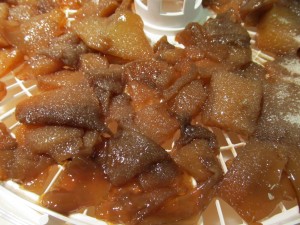
I made my newest batch with 12 cups of SCOBY – YIKES! I knew I had saved a lot of SCOBYs, but was surprised to see just how many I had saved! These will stick to the dehydrator trays. For my next batch I’ll try spraying or basting the trays with coconut oil. I’ll let you know how it works out.

Step by Step Soap Making: Material – Techniques – Recipes by Josephine Simon
The 40 Best Quick and Easy Juice Recipes by Jem Friar
A Handbook of Health by Wood Hutchinson:
Christmas Stories And Legends by Various Authors:
40 TOP QUINOA RECIPES FOR WEIGHT LOSS By Jenny Allan:

If you’re looking for How to Correctly Cook Quinoa, click HERE.
Essential Oils for Sleep: The Ultimate Beginners Guide To Cure Insomnia And Get Deeper Sleep with Essential Oils:
Salads to Go:
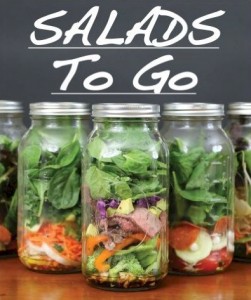
Free e-book – available free for a limited time only!!! PLEASE: After adding to your cart, check the price before clicking “BUY.”

Fermenting was a lost art that is making a comeback. Although it was intimidating when I first tried fermenting, I quickly learned how easy it is. What a great, inexpensive way to populate the gut with probiotics (good bacteria and yeast). Sauerkraut fermenting is an anaerobic (without oxygen) process as opposed to Kombucha and Milk Kefir which are aerobic (with oxygen) processes.
With any fermentation process, it is important to keep out pathogens. I typically use a paper towel or dishcloth with a rubber band around the jar for aerobic ferments and an airlock for anaerobic ferments. The airlock allows gases to escape and does not allow pathogens into the ferment. If not using an airlock for anaerobic ferments, yeasts and molds can easily enter the ferment. Personally, I’d rather not have to worry about figuring out if that weird growth on top is a safe-to-eat yeast or a dangerous mold. If a dangerous mold grows on top, the entire ferment needs to find its way to the garbage. For the low price of an airlock today, I’d rather play it safe! 
If you don’t have time to make your own, try this one from Amazon: Organic Hamptons Brine Artisinal Sauerkraut Classic
I adapted this recipe from Nourishing Traditions cookbook by Sally Fallon and Mary Enig.
The only items I recall my mom using for fermenting when I was a kid were a crock, a plate, and a clean rock for holding the plate/cabbage under the water. She also fermented in the basement, which I’m sure probably contained lots of mold. There are some molds that are okay and can be skimmed off and other molds that require the entire ferment be thrown out. Honestly, I’d rather not need to learn the difference—I’d rather simply use an airlock. It’s not necessary, but I sure feel better using one. (If you’re a do-it-your-self type, it’s possible to add an airlock to most any plastic or metal lid.) Scroll down below the recipe to see my supplies.
I find it’s easier to shred the cabbage cutting it into strips with a sharp knife rather than a food processor.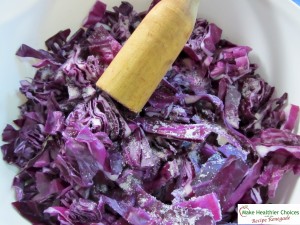
I don’t remember where my first recipe came from, but I couldn’t eat it. The recipe didn’t use whey, so the salt was doubled. It also called for juniper berries. I’m not a fan of anything juniper (I should have known to leave them out) and I love salt, but the sauerkraut turned out way too salty! When less salt is used, because whey is substituted, it’s much more palatable in my humble opinion.
Below are my fermenting supplies. I place the small jar (right side up) on top of the cabbage leaf to help keep the cabbage under the water. The solid cover is for after the cabbage becomes sauerkraut:
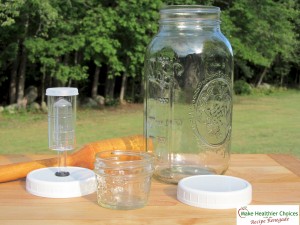 If liquid whey from home-made yogurt is not available, it is possible to use store-bought yogurt. Unfortunately, there’s no guarantee there will be live cultures in *commercial yogurt. If possible, find someone who makes yogurt or cheese and beg for liquid whey!
If liquid whey from home-made yogurt is not available, it is possible to use store-bought yogurt. Unfortunately, there’s no guarantee there will be live cultures in *commercial yogurt. If possible, find someone who makes yogurt or cheese and beg for liquid whey!
*According to world-renowned food formulator, Russ Bianchi’s January 12, 2013 blog post, “Yogurt is complete JUNK FOOD, full of harmful acids, sugars, fake color and flavors, genetically modified starches, colloids, gums, preservatives, stabilizers, emulsifiers, with non-absorbable nutrients or fortification because it is cooked to at least 238 degrees F for a dwell period defined by USDA regulations that KILLS any alleged benefit of nutrient value!”
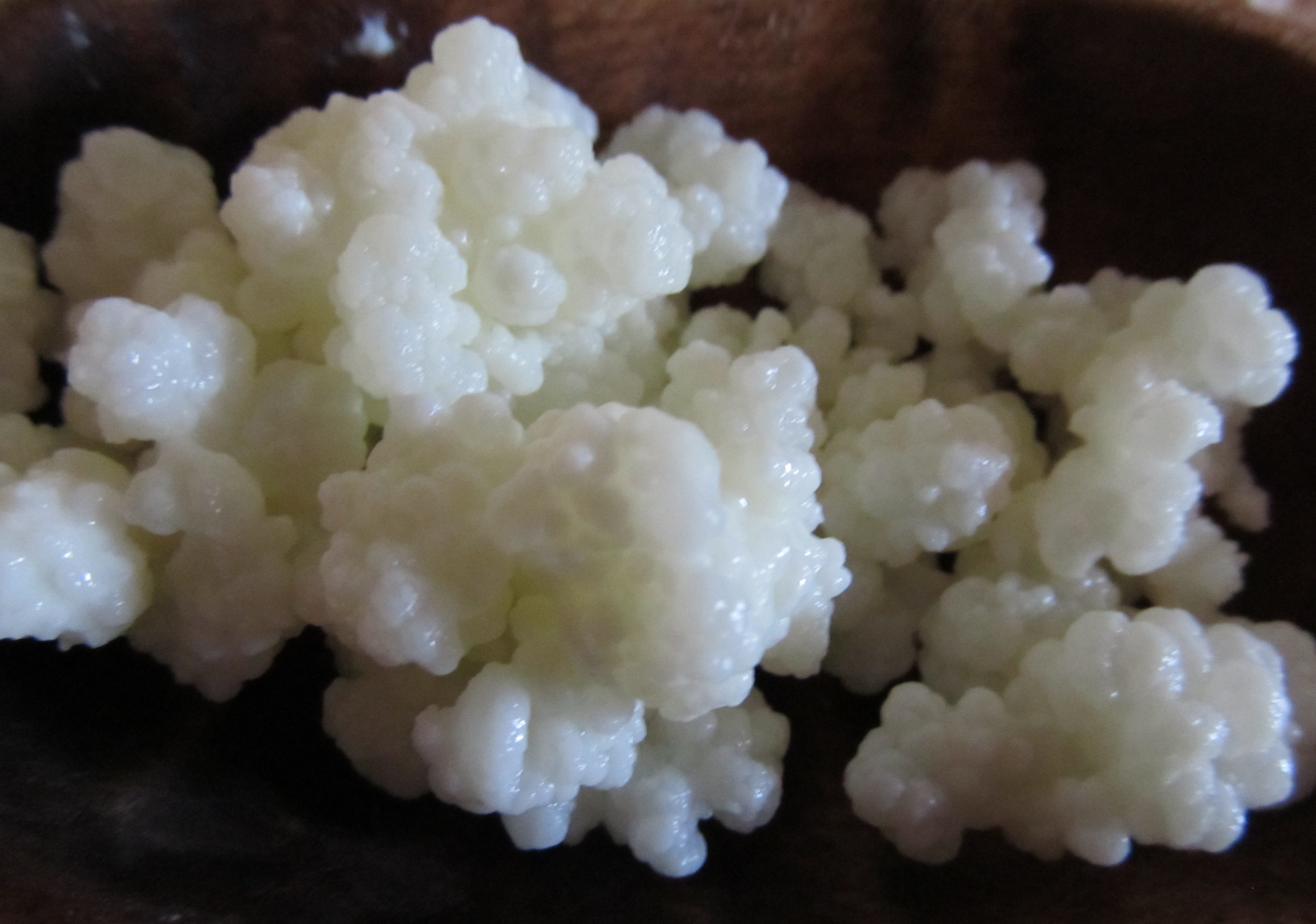
There’s lots of misinformation on the internet–especially when it comes to milk kefir and other ferments. I watched a great video not too long ago that explained exactly how to make milk kefir. There were lots of people commenting that the instructions were wrong. This person had been making milk kefir for years, hadn’t killed the grains, and had successfully made kefir. So how wrong could those instructions have been? The only thing I disagreed with in their video, was the use of a colander to strain out the grains instead of a metal, fine-mesh strainer.
Many people use a plastic colander to strain their grains when the kefir is finished because they’ve been misinformed (as I was) about using metal with kefir grains. Using a plastic mesh strainer might be okay for water kefir, but is impossible for milk kefir; it takes forever for the kefir to strain through. Using a colander with big holes allows the babies to slip through and yes, you’re eating/drinking your babies. If you use a metal, fine-mesh strainer, you can rinse the strainer and see the small babies left behind. Yes, those are the babies you are eating since they’re slipping through the holes. Using a metal fine-mesh strainer makes it easy to save those small babies so you can let them grow, dry them for later, or give them to a friend.
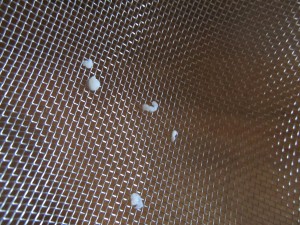
Now you’re saying, “you can’t use metal with kefir grains.” Sorry. You’re wrong. Stainless steel is fine. Do not use any other metal and make certain the metal you’re using is, in fact, stainless steel. I’ve been using stainless steel for years and never had a problem. I personally wouldn’t store kefir or the grains in metal or even plastic–I always use glass. And yes, it’s perfectly fine to use a stainless-steel spoon to transfer the grains. If you feel better using a plastic colander, at least line it with a fine mesh cheesecloth like this one so you don’t eat/drink your babies:
If you don’t have time for making milk kefir, check out high-quality probiotics here:
6% Off 5 Or More – Cheap Vitamins & Supplements. Use Coupon – 5ORMORE. Get FREE Shipping and Vita Rewards !!
I don’t ever rinse my kefir grains unless they’ve been sitting in the refrigerator for an extended period, because rinsing can weaken them. The only other time is after I strain my kefir, I rinse the bottle and strainer to find the babies. You’ll know if your grains need a rinse. They can go right from milk kefir into the new milk. NEVER rinse kefir grains with chlorinated or fluoridated water, as these chemicals can damage them.Chlorine’s job in the water is to kill bacteria, so you can imagine, it would also kill the good bacteria in the grains.
Remember that the Grain in Kefir Grain doesn’t really mean grain; it is a SCOBY – a Symbiotic Colony of Bacteria and Yeast. They are living organisms and it’s important to take good care of them. Keeping them alive can sometimes be a challenege, especially if a vacation is in the schedule. I keep mine, tightly covered, in fresh, raw milk in a glass jar in the refrigerator for about two weeks. They’ve gone a bit longer and survived, but I try to give them new milk every two weeks.
Kefir grains actually look more like cauliflour than they do a grain:

Here’s a short how-to video:

Milk kefir is one of the quickest and easiest ferments to make and it contains a high quantity of beneficial bacteria. There’s nothing special to chop, steep, heat up, or cool down. Place milk and kefir grains into a glass jar, cover with breathable fabric, and wait. Strain to remove grains, chill, and drink. It’s that easy!
Never use ultra-high pasteurized milk. I use raw cow’s milk or raw goat’s milk, but I’ll be honest-I don’t love the taste, especially when I use goat’s milk. I add maple syrup or hide it in a smoothie to make it palatable. If I use it in a smoothie, I add it last and mix it in on the slowest speed so that I’m not disturbing the bacteria.
Check to see if milk is adequately fermented by slightly tipping the bottle. If it separates from the side in a solid mass that’s similar to yogurt, it is done. Once the milk is fermented, strain using only a stainless-steel, mesh strainer (don’t believe those rumors that you can’t use metal, but make certain it’s stainless) to remove grains. Store finished kefir in glass jar in refrigerator and use grains to make another batch of kefir. If the grains won’t be immediately used again to make another batch, store them in fresh milk in a tightly-covered glass jar in refrigerator for up to a week. (I’ve been able to store mine for up to about two weeks. Keep in mind that not changing the milk sooner risks losing the grains.)
If the milk ferments for too long, it will separate into curds and whey. If you’re not familiar with whey, this is what it looks like – it’s the “watery” looking liquid:
The kefir won’t be ruined if it goes that far–just strain as quickly as possible and shake before drinking.
Supplies I use for fermenting and straining:
Page 2 Please Don’t Eat Your Babies! Click here for lots more info about Milk Kefir (continued)
Short how-to video: